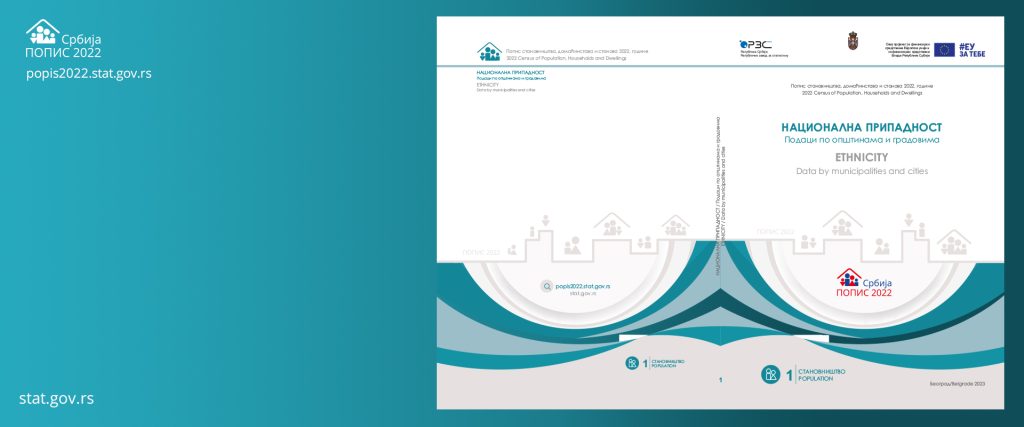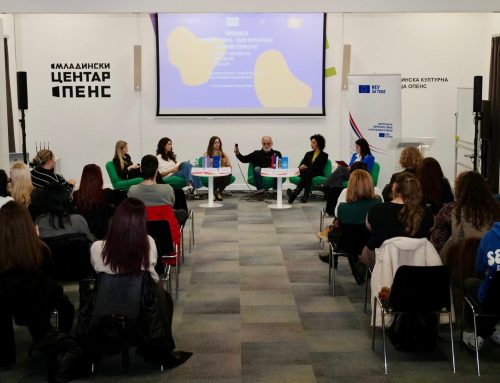A new, digital era of Serbian statistics has begun. The first Census of Population, Households and Dwellings, in which electronic forms were successfully used, was officially completed today with the publication of the final results.
According to the final results of the Census of Population, Households and Dwellings 2022, there are 6,647,003 inhabitants in the Republic of Serbia. Slightly more than half of the total population are women 3,415,025 (51.4 percent), while there are 3,231,978 (48.6 percent) men.
The Census began in October last year, and preliminary results were announced in December. Use of centralized digital system, more than 15 enumerators equipped with laptops, monitoring results in real time. These are some of the characteristics of the new way of carrying out the census, which has proven to be successful, while filling out papers remains a thing of the past.
Miladin Kovačević, Director of the Statistical Office of the Republic of Serbia (SORS), previously emphasized the importance of using new electronic systems and connectivity.
“The census was not only innovative in terms of data collection, but was carried out with the help of the most modern tools developed by the SORS itself. Significant support came from the Republic Geodetic Institute. We were able to follow the implementation of the census in real time”, stressed Kovačević.
Financial resources for the implementation of the 2022 Census of Population, Households and Dwellings were jointly provided by the Republic of Serbia and the European Union. The assistance is part of the project EU for Development of Statistics in Serbia. The total value of the project is 29 million EUR, of which the EU provided 20 million EUR.
The Statistical Office of the Republic of Serbia has published the detailed results of the census on the total number of inhabitants by gender and nationality, up to the level of municipalities and cities in the first Data book. The Data book contains data for ethnic communities with more than two thousand members (by municipalities and cities), while data on ethnic communities with less than two thousand members is available in the dissemination database (detailed classification). With this book the SORS begins the publication of the final results of the 2022 Census of Population, Households and Dwellings.
The next related activity of the SORS is the agricultural census, which is scheduled for June 1st this year, when companies engaged in agriculture will be able to fill out a web questionnaire, and the field census of all farms will begin on October 1st this year, and will last until December 15th. Preliminary census data will be published very soon, by the end of January 2024, while the final results will be published successively until the end of December 2025.
In times of increasing uncertainty and the availability of confusing information, the search for verifiable facts, produced by statistical offices, is essential to strengthening democracy and strengthening evidence-based decision-making. The Statistical Office of the Republic of Serbia, as the coordinator of official statistics of the Republic of Serbia, and part of the global network of statistical institutions, last year celebrated 158 years since the establishment of statistics in the Principality of Serbia and 75 yeas since the establishment of the institution at the level of the Republic of Serbia. The Office is part of numerous EU support programs and projects. Read more about it here.
So far, the EU has invested around 60 million EUR in the development of statistics in Serbia. Financial resources for the implementation of the 2022 Census of Population, Households and Dwellings were jointly provided by the Republic of Serbia and the European Union. The assistance is part of the EU project for the development of statistics in Serbia.
The European Union support for public administration reform in Serbia is worth over 200 million EUR, from 2000 until today. Funds intended for public administration are used for the professionalization of administration, development of electronic services, public finance management and improvement of the work of local self-governments and independent institutions.
Public administration reform is one of the most important elements of Serbia’s EU accession process, and in 2014 it was also put on the forefront of the negotiations. A modern and professional public administration is a key element for every EU member state in order to effectively implement laws and manage EU funds transparently.
Watch the ceremony of awarding vehicles to the Statistical Office of the Republic of Serbia:







